22 November 2024
Photography has come a long way since the days of film rolls and bulky DSLRs. Today, mirrorless cameras are leading the charge, offering incredible image quality in a more compact, lightweight form. Whether you’re an aspiring photographer, a seasoned pro, or simply someone who enjoys snapping photos while traveling, mirrorless cameras are worth considering. But with so many options out there, how do you choose the best one?
In this article, we’ll dive deep into the world of mirrorless cameras. We’ll explore what makes them so popular, break down the key features that set them apart, and, of course, review some of the best models on the market. So grab your camera bag (or your virtual one) because we’re about to go on a deep dive into the essentials of mirrorless photography.
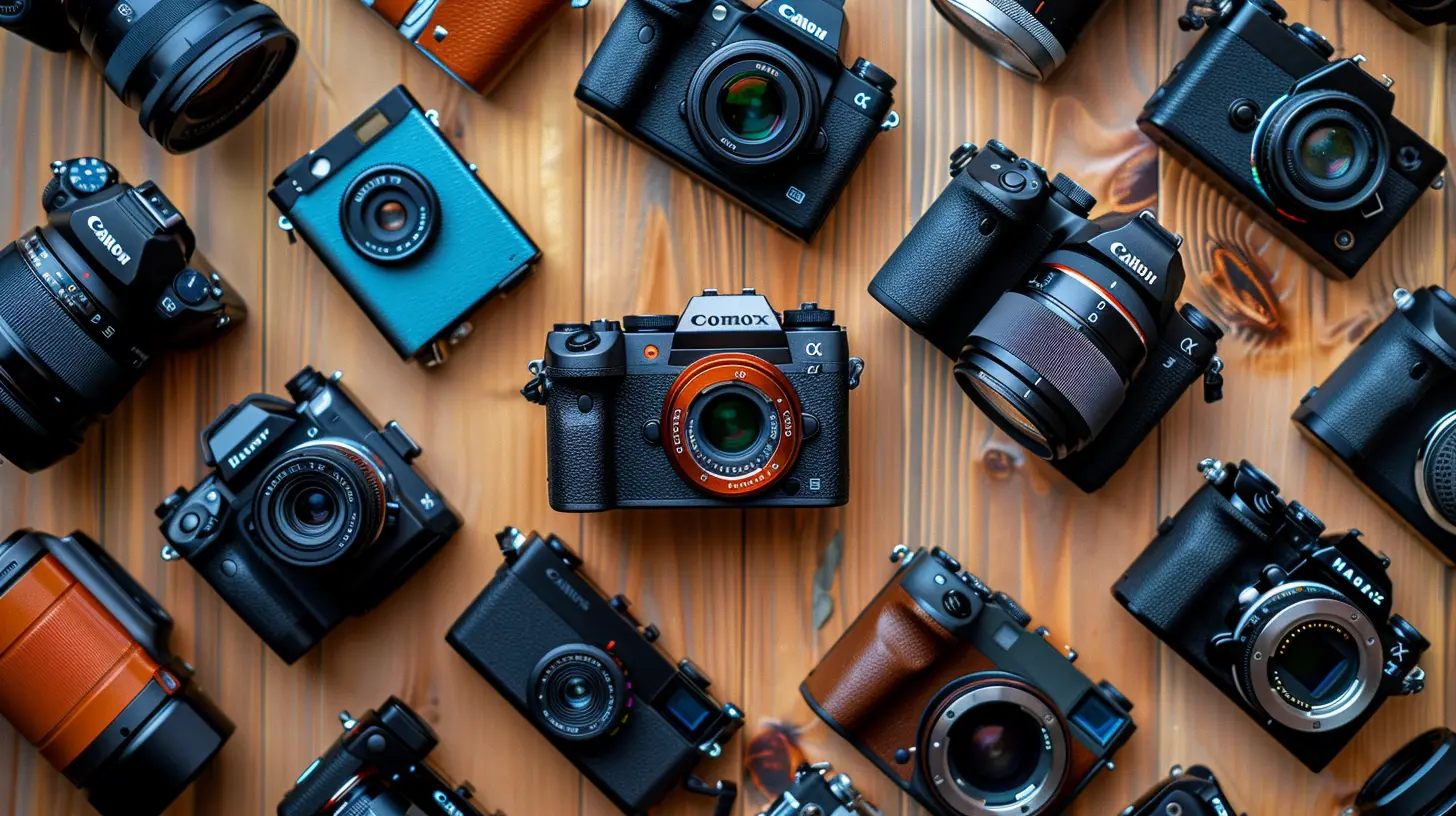
What Is a Mirrorless Camera?
Before we jump into the reviews, let’s clear up one important question: What exactly is a mirrorless camera?In traditional DSLRs (Digital Single-Lens Reflex cameras), there’s a mirror inside the camera that reflects light from the lens into an optical viewfinder. When you press the shutter button, this mirror flips up, allowing light to hit the camera’s image sensor and take a photo. While this system works well, it adds bulk and weight to the camera.
Mirrorless cameras, as the name suggests, eliminate the mirror. Instead, they rely on electronic viewfinders (EVFs) or the camera’s LCD screen to display the image. This design allows for a more compact and lightweight body while still delivering excellent image quality. Plus, with fewer moving parts, mirrorless cameras are often quieter—perfect for street and wildlife photography where discretion is key.
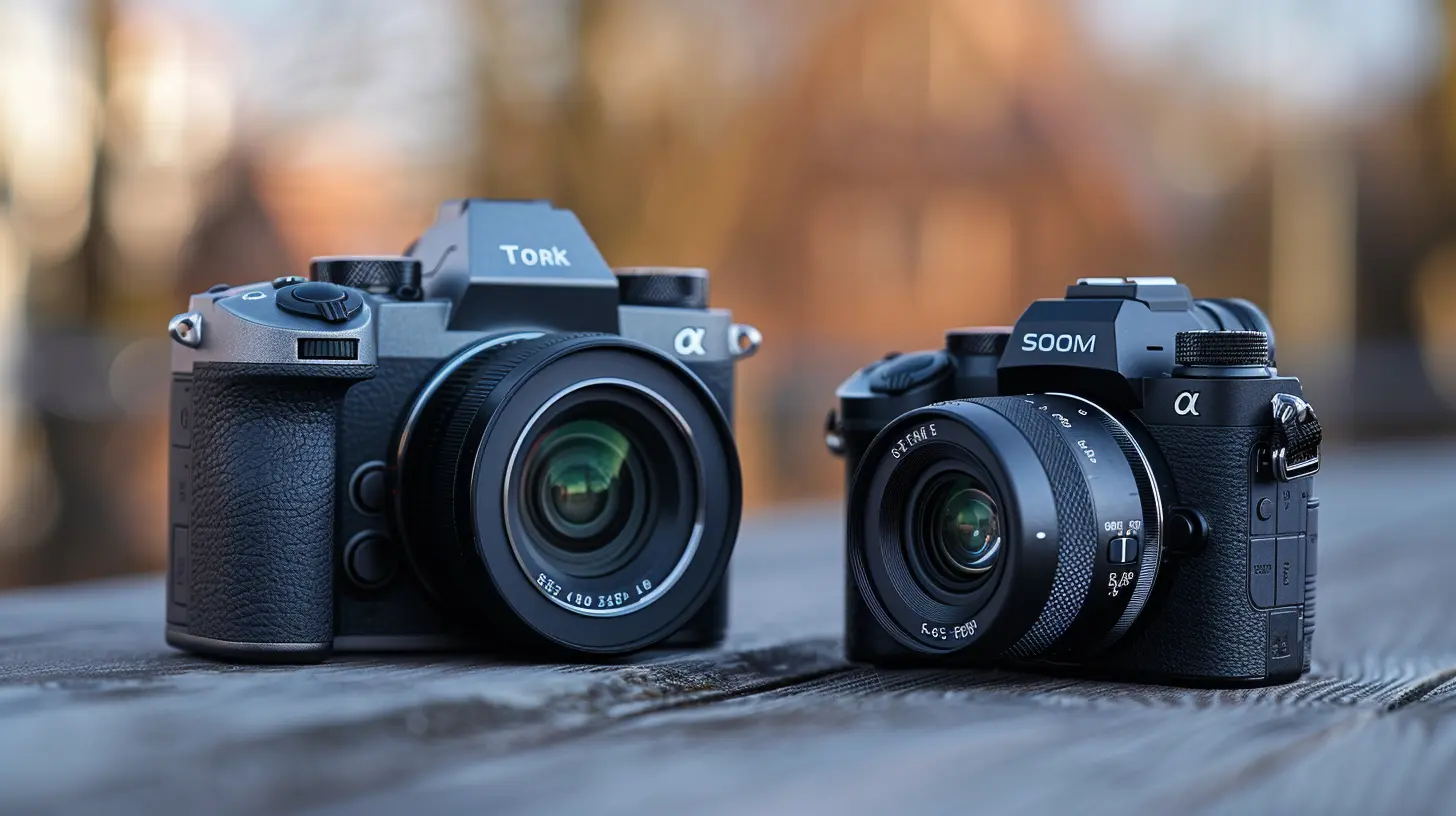
Key Benefits of a Mirrorless Camera
What makes mirrorless cameras stand out from their DSLR cousins? Here are a few reasons why more and more photographers are making the switch:- Portability: Mirrorless cameras are typically lighter and smaller, making them easier to carry around.
- Real-time Preview: With an electronic viewfinder, you get a live preview of how your settings will affect the final image.
- Faster Shooting: Thanks to fewer moving parts, mirrorless cameras often have faster burst shooting speeds.
- Silent Shooting: Many mirrorless models offer a completely silent shooting mode—ideal for weddings, events, or wildlife photography.
- Advanced Autofocus: Mirrorless cameras often feature cutting-edge autofocus systems, with more focus points and faster performance.
Now, let's get to the fun part—reviewing the best mirrorless cameras. Whether you’re a beginner, enthusiast, or pro, there’s something for everyone.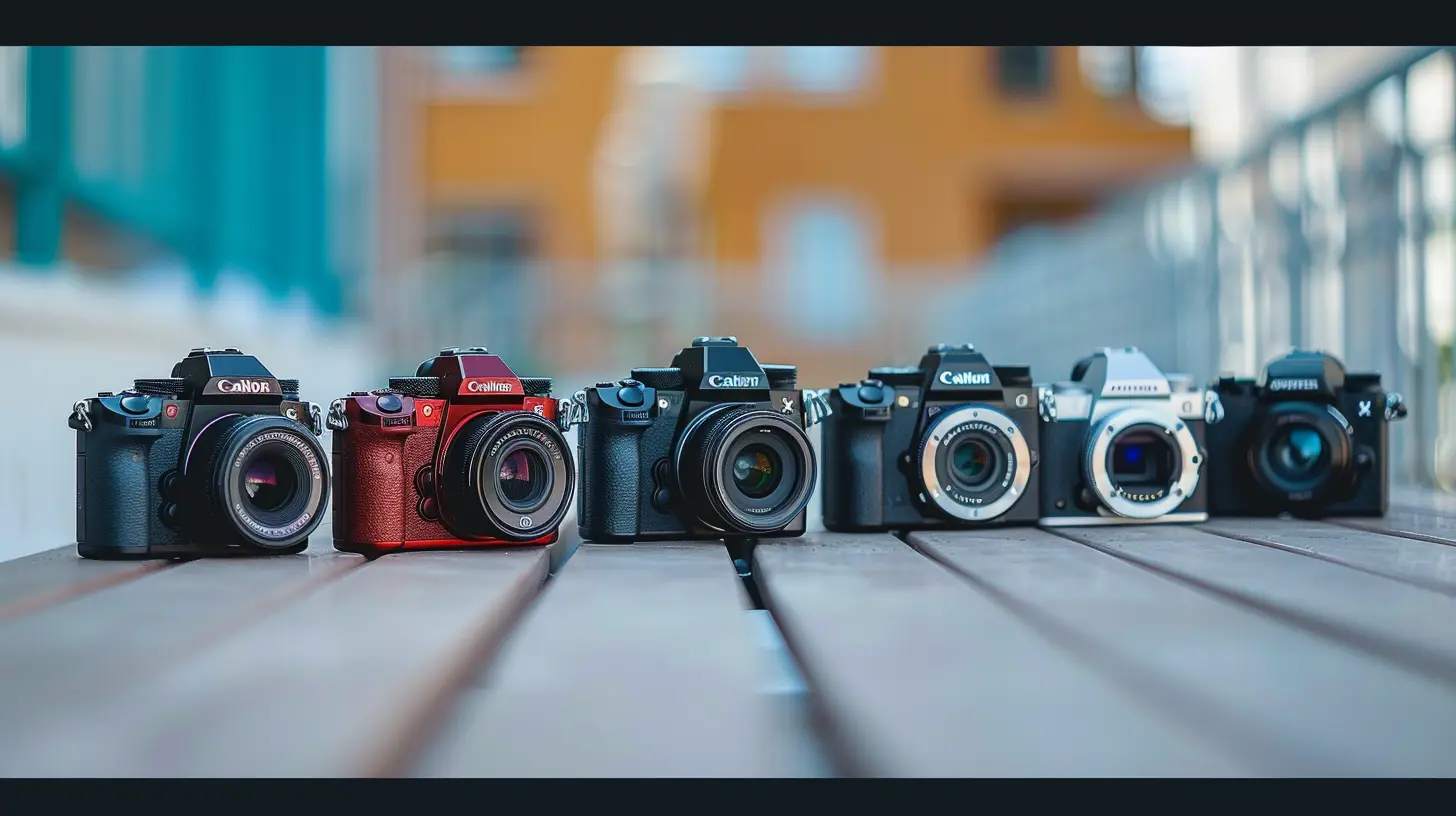
Best Mirrorless Cameras in 2023: Our Top Picks
1. Sony Alpha A7 IV — The All-Around Champion
If you're looking for a camera that does it all, the Sony Alpha A7 IV is a top contender. This camera is the latest in Sony's wildly popular Alpha series, and it’s designed to cater to both photographers and videographers alike.Key Features:
- Resolution: 33MP full-frame sensor- ISO Range: 100-51,200 (expandable)
- Autofocus: 759 phase-detection points
- Video: 4K 60fps with 10-bit color depth
- IBIS: 5-axis in-body image stabilization
The A7 IV’s 33-megapixel sensor strikes the perfect balance between resolution and low-light performance. It’s not too high (like the more expensive A7R IV with 61MP), but it’s just enough to capture sharp, detailed images without overwhelming your storage. Plus, with 4K video at 60 frames per second, it’s a beast for content creators who need both stills and video.
The autofocus system is mind-blowing. With advanced AI-driven autofocus that can track subjects' eyes—even animals—you’ll never miss a shot. Pair that with in-body stabilization, and you’ve got a camera that’s a powerhouse for both stills and video.
Why Choose the Sony Alpha A7 IV?
If you're searching for a camera that can perform in virtually any situation, the A7 IV is one of the best hybrid mirrorless cameras on the market. It’s a bit pricey, but it’s worth every penny for serious photographers and videographers.2. Fujifilm X-T4 — Best for Enthusiasts and Retro Lovers
If you want something with more character, the Fujifilm X-T4 is your go-to. It’s a camera that merges modern technology with a classic design, making it perfect for photographers who appreciate manual controls and the tactile feel of dials.Key Features:
- Resolution: 26MP APS-C sensor- ISO Range: 160-12,800 (expandable)
- Autofocus: Advanced phase-detection AF with 425 focus points
- Video: 4K DCI at 60fps, Full HD at 240fps
- IBIS: 6.5 stops of in-body stabilization
Fujifilm is well-known for its film simulations, and the X-T4 includes some of the best presets you’ll find in any camera. Want to emulate the look of classic film stocks like Velvia or Acros? The X-T4 makes it easy. It’s also a great camera for street photography, thanks to its compact size and discreet shooting capabilities.
The X-T4 sports amazing burst shooting speeds—up to 15 frames per second with the mechanical shutter. That’s perfect for capturing action shots, whether it’s a sports event or a fast-moving pet.
Why Choose the Fujifilm X-T4?
The X-T4 is ideal if you want a camera that strikes a balance between modern tech and retro charm. It's a fantastic choice for enthusiasts who want to experiment with manual controls, film simulations, and high-speed photography.3. Canon EOS R5 — A Pro-Grade Powerhouse
For professionals who need the very best, the Canon EOS R5 is a force to be reckoned with. This camera is Canon’s flagship model in the mirrorless world and comes with features that will make any photographer or videographer drool.Key Features:
- Resolution: 45MP full-frame sensor- ISO Range: 100-51,200 (expandable)
- Autofocus: Dual Pixel CMOS AF with 1,053 AF points
- Video: 8K RAW at 30fps, 4K at 120fps
- IBIS: 8 stops of in-body stabilization
The EOS R5 is a beast when it comes to image quality. Its 45-megapixel sensor captures stunningly detailed images, and it’s a dream for landscape photographers who want to print large. But that’s just the start. The R5 also shoots 8K RAW video, making it one of the most capable mirrorless cameras for videographers.
The autofocus system is top-notch, with Canon’s Dual Pixel AF technology offering buttery-smooth subject tracking. And with 8 stops of in-body stabilization, you can shoot handheld in low light without worrying about camera shake.
Why Choose the Canon EOS R5?
If you need a mirrorless camera that excels in both photography and high-end video, the Canon EOS R5 is among the best. It’s not cheap, but it’s a pro-grade camera that delivers exceptional results in nearly every category.4. Nikon Z6 II — Best for Low Light
If low-light performance is at the top of your priority list, the Nikon Z6 II is a mirrorless camera that shines when the sun goes down. With its full-frame sensor and wide ISO range, this camera is perfect for event photographers, wedding shooters, or anyone working in challenging lighting conditions.Key Features:
- Resolution: 24.5MP full-frame sensor- ISO Range: 100-51,200 (expandable)
- Autofocus: 273-point hybrid AF system
- Video: 4K UHD at 60fps
- IBIS: 5-axis in-body stabilization
The Z6 II might not have the highest megapixel count on this list, but don’t let that fool you. Its 24.5MP full-frame sensor is optimized for low-light performance, producing clean, noise-free images even at high ISOs. The autofocus system is also fast and accurate, locking onto subjects with ease—even in dim lighting.
Why Choose the Nikon Z6 II?
The Nikon Z6 II is a fantastic choice for photographers who shoot in low light, whether it's concerts, weddings, or late-night cityscapes. It’s also a solid all-around performer for both stills and video.5. Olympus OM-D E-M1 Mark III — Best for Travel
For those who prioritize portability without sacrificing quality, the Olympus OM-D E-M1 Mark III is a top choice. With its Micro Four Thirds sensor, this camera is incredibly compact, making it an excellent option for travel photographers.Key Features:
- Resolution: 20.4MP Micro Four Thirds sensor- ISO Range: 200-25,600
- Autofocus: 121-point phase-detection AF
- Video: 4K UHD at 30fps
- IBIS: 7.5 stops of in-body stabilization
Despite its small size, the E-M1 Mark III is packed with features. Its 7.5 stops of stabilization are some of the best in the industry, allowing you to shoot handheld in virtually any situation. The camera also has a unique High-Res Shot mode, which combines multiple images to produce a 50MP final image—ideal for landscape photography.
Why Choose the Olympus OM-D E-M1 Mark III?
If you’re a travel photographer or someone who needs a lightweight yet capable camera, the E-M1 Mark III is a fantastic choice. It’s small, but it punches well above its weight class.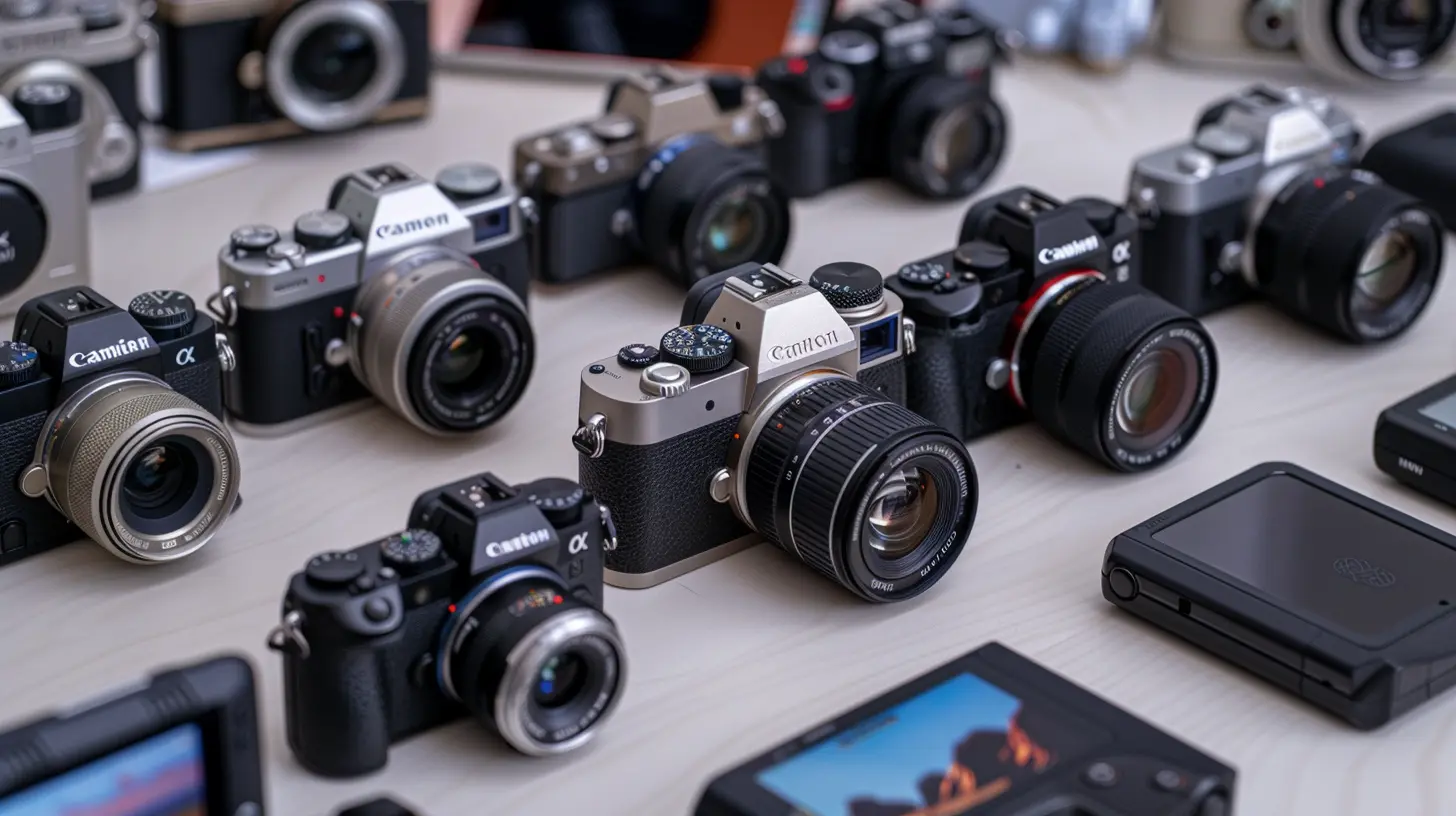
Conclusion: Which Mirrorless Camera Is Right for You?
There’s no one-size-fits-all answer when it comes to choosing the best mirrorless camera. Your decision will depend on your budget, your style of photography, and what features matter most to you.- For all-around performance: Go with the Sony Alpha A7 IV.
- For a retro feel: The Fujifilm X-T4 is hard to beat.
- For pros needing high-end performance: The Canon EOS R5 is your best bet.
- For low-light photography: The Nikon Z6 II is an excellent choice.
- For travel: The Olympus OM-D E-M1 Mark III is a perfect companion.
No matter which camera you choose, mirrorless technology has made it easier than ever to capture stunning photos and videos. So, go ahead—grab your camera, head outside, and start shooting!









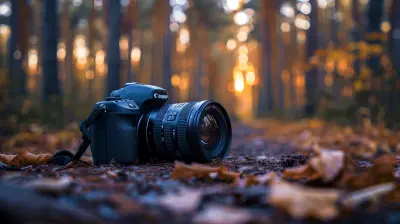
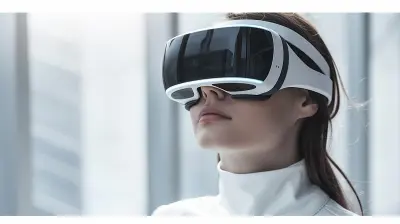

Marley Turner
Great insights in this article! Your breakdown of the best mirrorless cameras makes it easy for both beginners and seasoned photographers to make informed choices. I appreciate the attention to detail and the emphasis on essential features. Keep up the fantastic work!
March 5, 2025 at 9:21 PM